WiFi cannibalization of cellular data – fact or fiction?
Operators’ perceptions of WiFi have been changing. While at first, they ignored it or even saw it as a threat, operators of all types are now implementing WiFi strategies. They have come to the realization that they can use WiFi to complement services, providing a better connectivity experience. Most importantly, operators see it as a cost-effective strategy for meeting unprecedented data traffic volumes because they can offload onto WiFi at any time.
Though this is the major trend among top global operators like BT, Vodafone, Comcast, and Telstra, there are still rare occasions in which we are faced with the old question: does WiFi cannibalize mobile data traffic? Let’s find out.
It’s a valid concern in the short-term, but only in markets with limited mobile data plans, since users can use free WiFi connectivity to complement to their GB allowance. In the mid-term, however, all market figures indicate that it actually works both ways. In other words, they complement each other. Operators, who are seeing user data demands grow from a couple hundred MBs to several GBs per month, are very familiar with this phenomenon: as users enjoy a better connectivity experience, they become even more data dependent, regardless of their access technology. Need more proof? Take a look at this quote from Coleago Consulting for the 2014 GSMA whitepaper “Will Wi-Fi relieve congestion on cellular networks?”:
“…we see little evidence that today’s Wi-Fi networks significantly reduce traffic levels on the cellular network. On the contrary, there are signs that when high quality Wi-Fi and cellular are both available to users, the traffic on both increases. Qualitative and quantitative analysis of some of the most advanced markets reveals that the majority of today’s Wi-Fi traffic is incremental or complementary to cellular traffic”
And what about the long-term? Well, cellular data traffic continues to grow at a breakneck pace, while the revenues that come from it are still dropping. This makes WiFi essential for meeting these data demands cost effectively. So, as we’ve mentioned in previous blog posts, it’s no surprise that Cisco expects offloaded traffic from cellular devices to reach 63% by 2021. Similarly, Juniper predicts it to peak in 2018, reaching 64%. All kinds of operators are now deploying WiFi hotspots. In fact, Tefficient stated that between December 2014 and June 2016 there were over 10 million hotspots deployed by big players like Comcast, Orange, Telekom, and Oi.
What this really means is that, if WiFi is key to meeting data demands, and many market players are turning to it, then the discussion is no longer about cannibalization. It’s about inaction: Adopting WiFi too late, is the real risk in this changing market.
Follow us on LinkedIn and Twitter to keep up to date with all the latest WiFi news!


